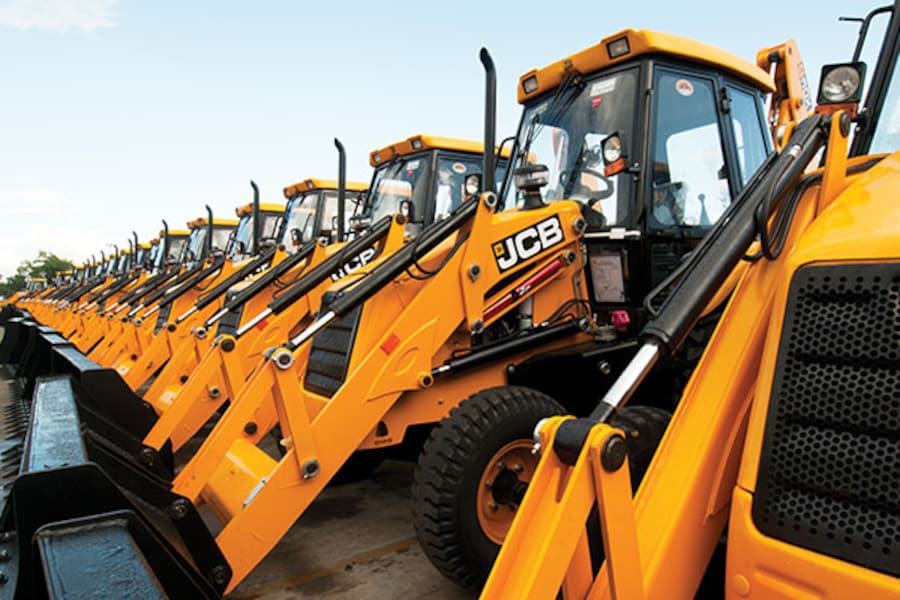As the lending environment becomes more complex in 2025, banks are putting a renewed focus on heavy equipment appraisals to strengthen risk management, enhance portfolio oversight, and meet new regulatory standards. With interest rates fluctuating and asset-backed lending under tighter scrutiny, financial institutions can’t afford to make decisions based on outdated or vague equipment valuations.
The growing volatility in construction, agriculture, mining, and logistics means the underlying assets used as collateral must be precisely understood. And that’s exactly where certified machinery and equipment appraisers come in.
The Rising Role of Heavy Equipment Appraisals in Risk Management
Banks have long relied on heavy equipment appraisals to determine the loan-to-value (LTV) ratio for asset-backed lending. But in 2025, that role has expanded. Lenders now use appraisals not just at the time of origination, but throughout the loan’s lifecycle.
Here’s why:
Depreciation tracking: Knowing the real-time value of bulldozers, cranes, or combines helps lenders respond to market changes faster.
Portfolio stress testing: Regular equipment re-appraisals ensure banks aren’t overexposed to borrowers with rapidly declining asset values.
Loan monitoring and workouts: If a borrower defaults, an updated appraisal helps the bank quickly assess the collateral’s resale potential.
Appraisals have become more frequent, detailed, and specialized—especially in industries where machinery represents a significant portion of balance sheet value.
How Heavy Equipment Appraisals Support Compliance in 2025
Regulatory scrutiny around asset-backed lending has increased in 2025, especially for regional and mid-sized banks. Accurate heavy equipment appraisals now play a key role in satisfying examiners and auditors.
Compliance trends include:
Tighter fair market value (FMV) verification: Regulators want defensible, third-party valuations, especially for high-value machinery.
Data-driven appraisals: Banks are expected to use appraisers who apply market comps, condition adjustments, and serial-number-level documentation.
Audit trail integrity: Properly documented appraisal reports support internal audit teams and ensure transparency for capital adequacy tests.
In short, banks must show that they know exactly what their collateral is worth—and that’s only possible with certified appraisal reports.
What This Means for Borrowers and Businesses
If you’re a business owner in construction, agriculture, or logistics looking for equipment-backed financing in 2025, expect more questions—and more paperwork. But it’s not necessarily bad news.
Here’s how you benefit:
More predictable loan terms: With accurate values, banks can offer more competitive interest rates and LTV ratios.
Stronger collateral utilization: Knowing your equipment’s value could help you borrow against assets you didn’t realize were financeable.
Easier refinancing or portfolio reviews: Especially helpful during business transitions or expansions.
However, it also means you’ll need to maintain clean equipment records, perform regular maintenance, and be ready to work with a qualified appraiser before applying.
Final Thoughts: Appraisals Are No Longer Optional
In 2025, heavy equipment appraisals have shifted from being a box to check to a central pillar of commercial lending. Banks are investing in more rigorous valuation processes not just to meet compliance, but to protect themselves—and their clients—against risk in a changing economy.
For borrowers, that means it’s time to treat appraisals as part of your financial strategy, not an afterthought. Whether you’re applying for a new loan or preparing for an audit, partnering with a certified appraiser is now a must—not a maybe.








